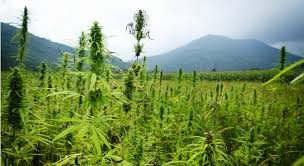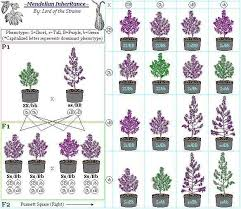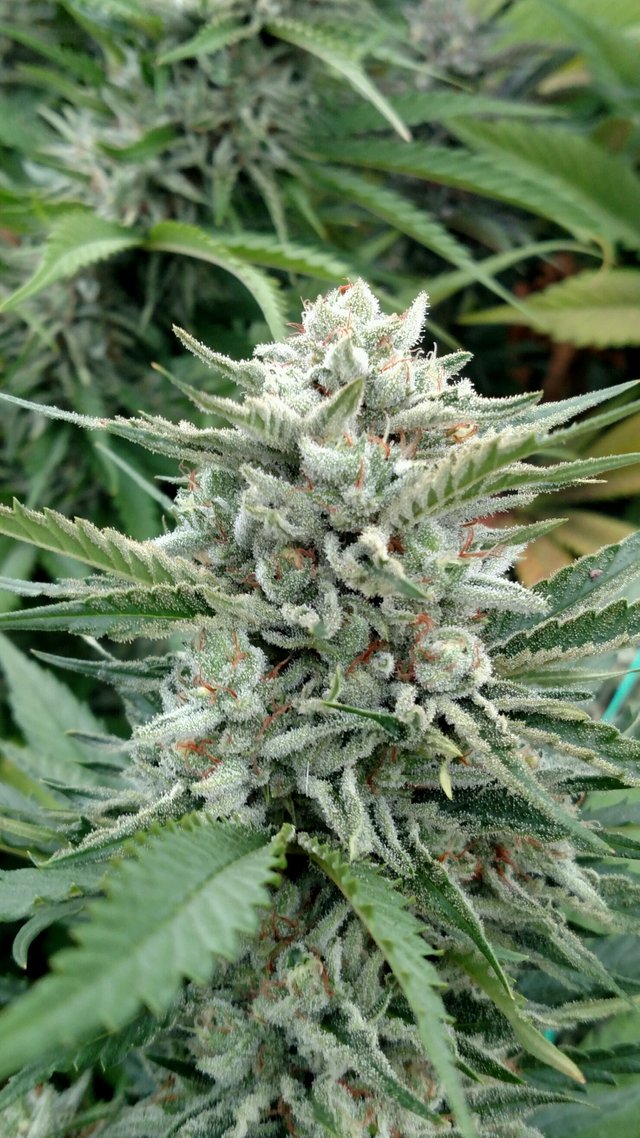BASIC CANNABIS KNOWLEDGE: GENOTYPE AND PHENOTYPE
Many growers tend to misuse the words genotype and phenotype when talking about cannabis. Let’s clear the smoke around this issue and resolve all the unnecessary confusion .
.
There’s a point in the life of every grower when suddenly questions arise. Most of the time, this moment of confusion comes right after completing the first couple of grows, and at the latest, when the same strain is repeatedly grown using the identical set-up.
Why in the world does every single cannabis plant grown from seed look slightly different?
When these or similar questions remain unanswered, a logical reaction for a rookie grower would be to switch to another breeder. The more experienced cultivators know that this phenomenon, meaning variations among different plants of the same strain, is natural and won’t get any better by changing the seed supplier. We have to keep in mind that seeds are products of living organisms and the outcome of a natural breeding process, hence unique as any person, animal or plant on earth. Although it’s tempting to characterize all the things around us, we’re quick to reach limitations when dealing with nature.
GENOTYPE, ENVIRONMENT, PHENOTYPE
Every living organism is the result of evolution that works by the same basic principle. The genotype or genetic code carries all the genetic information regarding growth, appearance, and all the characteristics we can later observe. It’s crucial to understand that a genotype or genetic code is not something that is set in stone but rather defines a certain range of possibilities. It mainly depends on the environment the organism lives in what specific bits and pieces of the genotype will be activated. The interaction between genotype and environment results in a phenotype, meaning the physical expression of certain genes the environment triggered.
genotype (G) + environment (E) + genotype and environment interactions (GE) = phenotype (P)
QUICK EXAMPLE: PURPLE STRAINS
Let’s examine a cannabis related example to get a better idea. You purchase seeds from a reputable breeder and intend to grow a purple strain. Instead of growing all plants in your indoor grow tent, you’ll decide on moving half of your plants outdoors. Besides the fact that no plant seems to be identical to one another, you’ll notice that the plants in your outdoor garden are much richer in purple colours compared to the ones in your indoor grow tent. Although the genotype carries the information to produce purple hues, it’s the environment, and in this particular case, the temperatures of the environment, that allow two different physical expressions (phenotypes) from seemingly the same genetic code (genotype).
THE COMMON MISASSUMPTION
We got the idea that the environment is the determining factor influencing a genotype to express different phenotypes, but this doesn’t answer the initial question why every cannabis plant grown from seed appears to be slightly different, even when it’s grown in a constant environment of an indoor grow room.
How can a strain possibly express different phenotypes when the environment doesn’t change?
Well, it’s maybe an inconvenient truth, but every single cannabis seed has its unique genotype. Many growers assume that seeds from the same cannabis strain share an identical genetic code and understandingly expect homogeneous growth. Unfortunately, this is a common misassumption. There are lots of people using the term phenotype to describe the variations of plants they get from the same strain grown from seed. In fact, and what they usually don’t know, they’re talking about different genotypes. It’s not only the environment that determines phenotypic expression, but logically also the genotype itself.
When you purchase seeds of a certain strain, you’ll receive “family members” of this strain that share a large percentage of genetics with thousands of (inbred) siblings, yet they’re not identical twins. The genotype is usually very close to identical, but there are still differences, comparable to fraternal twins if you will. That’s the main reason why every cannabis plant grown from seed expresses slight variations regarding characteristics like plant height, yield, flavour, etc. – the genotype of seeds is usually not identical.
END THE PHENOTYPE DILEMMA: SEEDS VS CLONES
If you want to take homogeneity to the next level, you have two different options. The first option is to germinate more seeds as you intend to grow, and simply select the ones that express the desired traits at an early stage. But if you’re aiming for maximum efficiency and consistency, your best option is to select a mother plant to take clones from. These clones copy the genotype of the mother plant 1:1 and you’ll continuously end up with the same phenotype assuming a constant environment. Let’s say you grow one of these identical clones using a hydro set-up, and one in organic soil. This varying environment might result in different phenotypes of the same genotype.


Hi! I am a robot. I just upvoted you! I found similar content that readers might be interested in:
https://www.royalqueenseeds.com/blog-basic-cannabis-knowledge-genotype-and-phenotype-n265
Downvoting a post can decrease pending rewards and make it less visible. Common reasons:
Submit